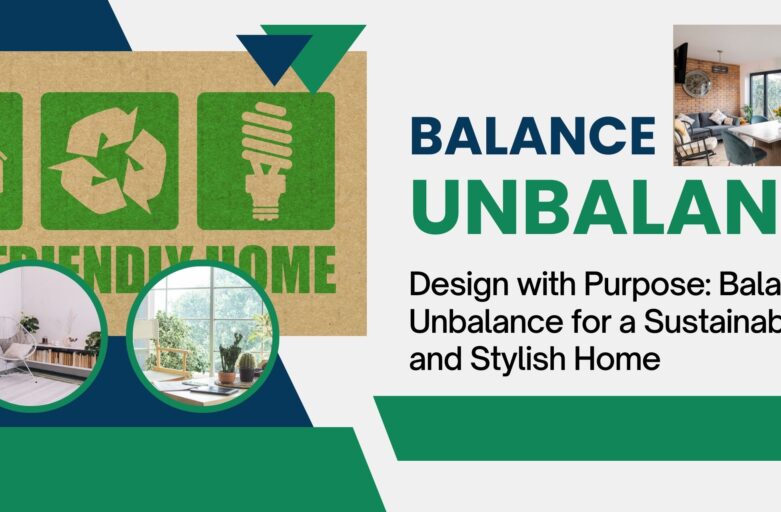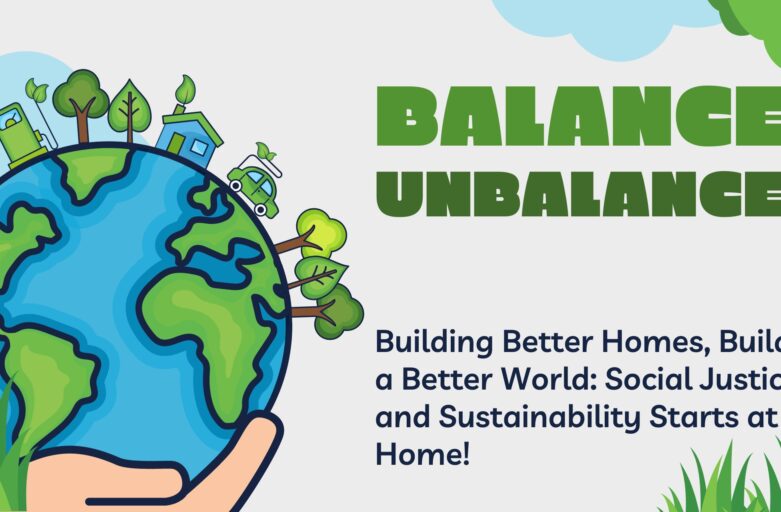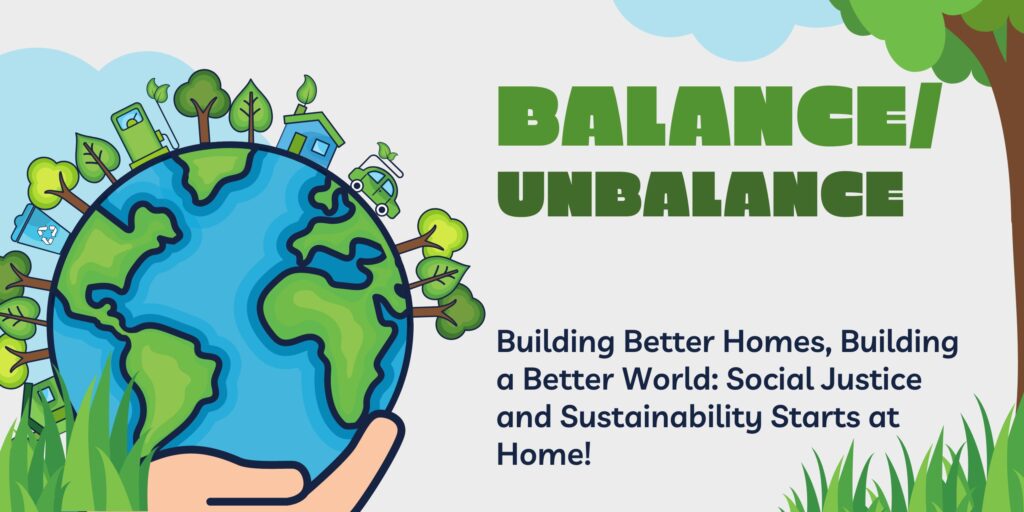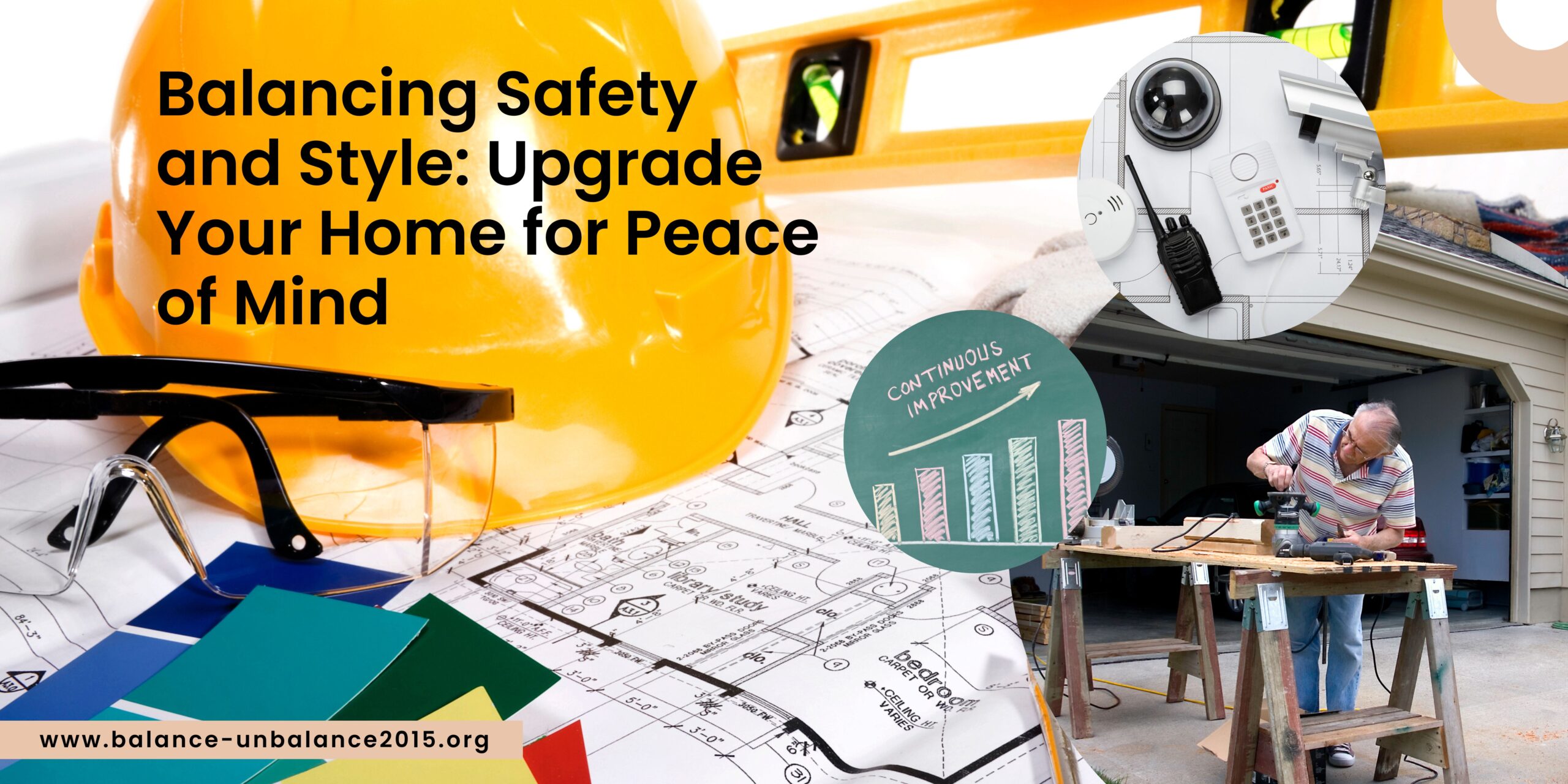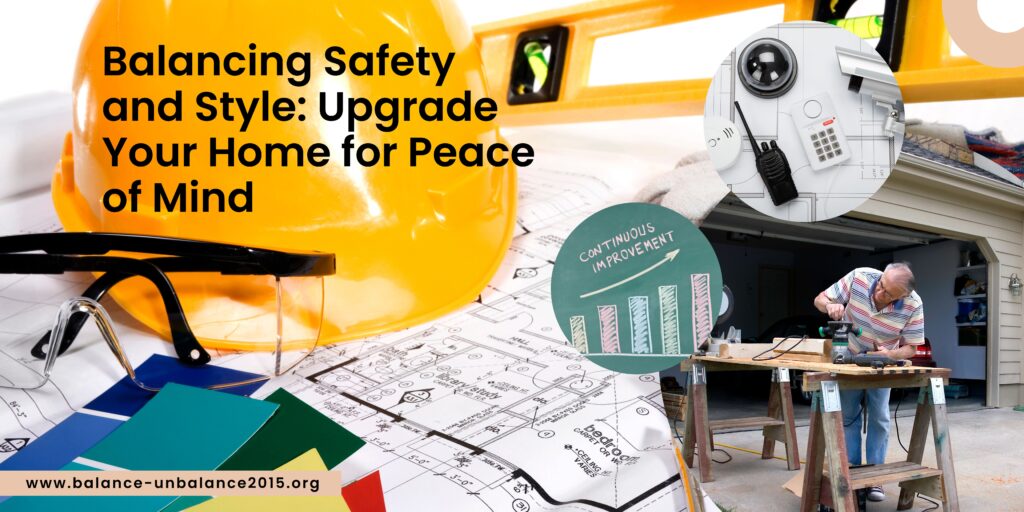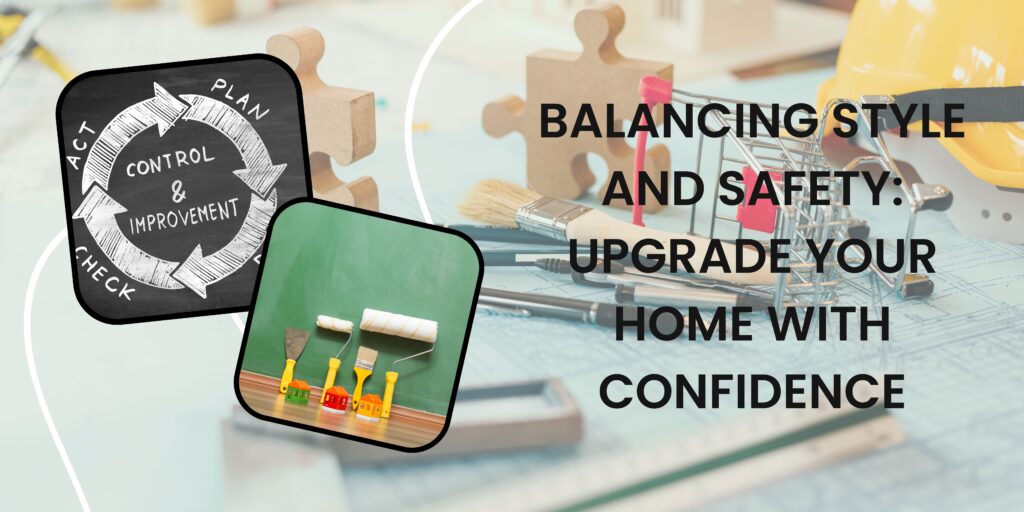Garage doors are often overlooked when it comes to sustainability, but they have the potential to play a significant role in promoting environmentally friendly practices and embracing a regenerative mindset.

In this article, we will explore a framework for transforming garage door systems into sustainable powerhouses that not only prioritize functionality but also contribute to a greener world. By adopting innovative approaches, materials, and practices, we can turn garage doors into champions of sustainability and pave the way to a brighter future.
Let’s unlock the potential of garage doors and embark on a journey towards more sustainable and regenerative living.
Green Materials: Paving the Way for Eco-Friendly Garage Doors
When it comes to promoting sustainability in garage door systems, one of the key considerations is the choice of materials. Traditional garage doors often rely on materials that have a significant environmental impact, such as steel or non-recyclable plastics. However, by embracing green materials, we can pave the way for eco-friendly garage doors that are not only aesthetically pleasing but also environmentally responsible.
One approach is to utilize recycled materials in the manufacturing of garage doors. For example, incorporating reclaimed wood or using recycled steel can help reduce the demand for new resources and minimize waste. Additionally, exploring natural fibers like bamboo or hemp can provide a sustainable alternative to synthetic materials, offering durability and strength while being biodegradable and renewable.
Energy Efficiency Garage Doors: Powering Up Sustainability
Garage doors are typically connected to the power grid, consuming energy for their operation. However, with a focus on energy efficiency, we can minimize the environmental impact of garage door systems. One way to achieve this is through proper insulation, which helps maintain indoor temperatures and reduces the need for excess heating or cooling. Insulated garage doors can contribute to energy savings and improve the overall efficiency of the building they are installed in.
Another avenue for promoting energy efficiency is the integration of smart technologies. By incorporating sensors and automation, garage doors can be programmed to adjust their operation based on factors like temperature or occupancy, optimizing energy usage. Additionally, exploring solar power solutions can further enhance the sustainability of garage door systems, allowing them to harness clean, renewable energy for their operation.
Circular Economy: Closing the Loop on Waste
The concept of a circular economy is gaining momentum as a sustainable alternative to the traditional linear model of production and disposal. When applied to the garage door industry, it can help close the loop on waste and reduce environmental impact. Instead of treating garage doors as disposable products, embracing a circular economy approach means considering their entire lifecycle.

This can involve designing garage doors with modularity in mind, allowing for easy repair and component replacement, extending their lifespan. Additionally, implementing take-back programs can facilitate proper recycling or repurposing of old garage doors, minimizing waste and maximizing resource efficiency. By promoting the reuse, refurbishment, and recycling of garage doors, we can significantly reduce the environmental footprint associated with their production and disposal.
Innovative Design: Merging Functionality with Sustainability
Sustainable garage door systems go beyond the materials used and encompass the overall design and functionality. Embracing innovative design principles can result in garage doors that not only fulfill their primary purpose but also contribute to environmental sustainability. For example, incorporating natural lighting elements like glass panels or skylights can reduce the need for artificial lighting during the day, leading to energy savings. Similarly, incorporating ventilation features can enhance airflow and reduce the reliance on mechanical ventilation systems.
Furthermore, integrating rainwater collection systems into garage door design can contribute to water conservation efforts. Harvesting and utilizing rainwater for tasks like landscaping or car washing can minimize the need for additional water resources. By merging functionality with sustainability, garage door systems can become efficient and environmentally friendly components of buildings.
Responsible Manufacturing: Minimizing Environmental Footprint
The manufacturing process of garage doors can have a significant environmental impact, from raw material extraction to production and transportation. To promote sustainable garage door systems, it’s important to consider responsible manufacturing practices that minimize the environmental footprint. One aspect is reducing energy consumption and emissions during the manufacturing process. Implementing energy-efficient technologies and practices, such as using renewable energy sources and optimizing production efficiency, can help minimize greenhouse gas emissions and reduce the overall carbon footprint.
Additionally, waste management and recycling initiatives are essential in responsible manufacturing. Implementing recycling programs for production waste and reusing materials whenever possible can significantly reduce the amount of waste sent to landfills. Furthermore, exploring alternative packaging solutions, such as using recycled or biodegradable materials, can help minimize the environmental impact associated with packaging and shipping.
Conclusion
The journey toward sustainable garage door systems is not without its challenges. It requires a collective effort from manufacturers, consumers, and policymakers to prioritize environmental responsibility and promote the adoption of eco-friendly practices. However, the benefits are far-reaching. Not only do sustainable garage doors contribute to a reduced carbon footprint and improved energy efficiency, but they also create healthier indoor environments and support the circular economy.
So, the next time you open your garage door, remember that it holds the potential to be more than just a functional entrance. It can be a gateway to a brighter and more sustainable future. Let’s continue to innovate, challenge the status quo, and embrace the power of green garage doors in our journey toward a greener, healthier, and more resilient world.
